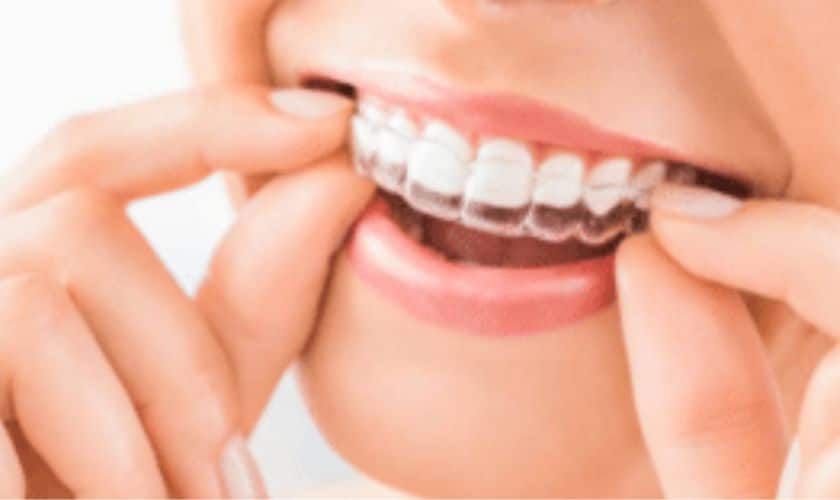When it comes to straightening teeth and achieving a beautiful smile, two popular options are Invisalign and traditional braces. Many individuals seeking orthodontic treatment often wonder which option is faster. In this blog, we will explore the factors that affect treatment duration for Invisalign and braces, helping you make an informed decision about which treatment is faster and more suitable for your needs.
Understanding Invisalign and Braces
A. Invisalign: Invisalign is a modern orthodontic treatment that utilizes a series of clear, removable aligners to gradually move teeth into their desired positions. These aligners are custom-made for each patient and are virtually invisible when worn.
B. Braces: Traditional braces consist of brackets bonded to the teeth and connected with wires and elastic bands. They exert gentle pressure on the teeth, guiding them into proper alignment over time.
Factors Affecting Treatment Duration
A. Complexity of the Case: The complexity of the orthodontic case plays a significant role in determining treatment duration. Severe crowding, misalignment, or bite issues may require more time to achieve optimal results. Both Invisalign and braces can effectively treat many orthodontic concerns, but more complex cases may require longer treatment.
B. Compliance and Responsibility: Patient compliance and responsibility are crucial factors in treatment duration. Invisalign aligners must be worn for 20-22 hours per day and changed every 1-2 weeks as directed by the orthodontist. Failure to comply with the prescribed wear schedule can delay progress. With braces, regular adjustments and adherence to oral hygiene practices are essential for successful treatment.
C. Age and Skeletal Maturity: Treatment duration may vary based on a patient’s age and skeletal maturity. In some cases, adults may require longer treatment due to denser bone structure. Younger patients, particularly teenagers, often experience faster tooth movement and shorter treatment times.
D. Treatment Plan and Goals: The treatment plan and goals established by the orthodontist also influence the duration of treatment. Each case is unique, and the orthodontist will develop a personalized plan based on the patient’s specific needs and desired outcomes.
Treatment Duration with Invisalign
A. Mild to Moderate Cases: Invisalign can be an efficient treatment option for mild to moderate orthodontic cases. Treatment duration typically ranges from 6 to 18 months, depending on the complexity of the case and patient compliance. Some patients may achieve their desired results in as little as 6 months.
B. Complex Cases: For more complex cases, the treatment duration with Invisalign may be longer, typically ranging from 18 to 24 months. However, even in complex cases, Invisalign can often provide comparable results to traditional braces.
Treatment Duration with Braces
A. Mild to Moderate Cases: Traditional braces are highly effective for correcting mild to moderate orthodontic issues. Treatment duration with braces usually ranges from 18 to 24 months. Advances in orthodontic technology, such as self-ligating braces, may help reduce treatment time in some cases.
B. Complex Cases: For complex cases requiring significant tooth movement or bite correction, treatment with braces may extend beyond 24 months. The orthodontist will provide a more accurate estimate after evaluating the patient’s specific needs.
The Bottom Line
Both Invisalign and braces can effectively straighten teeth and create a beautiful smile. The treatment duration varies based on individual factors such as case complexity, patient compliance, age, and treatment goals. Invisalign generally offers faster treatment times for mild to moderate cases, while braces are suitable for a wide range of orthodontic concerns. Consult with an orthodontist to determine the most appropriate treatment option for your specific needs and desired outcomes. Remember, the key to successful orthodontic treatment lies in the expertise of the orthodontist and the patient’s commitment to following the recommended treatment plan.





